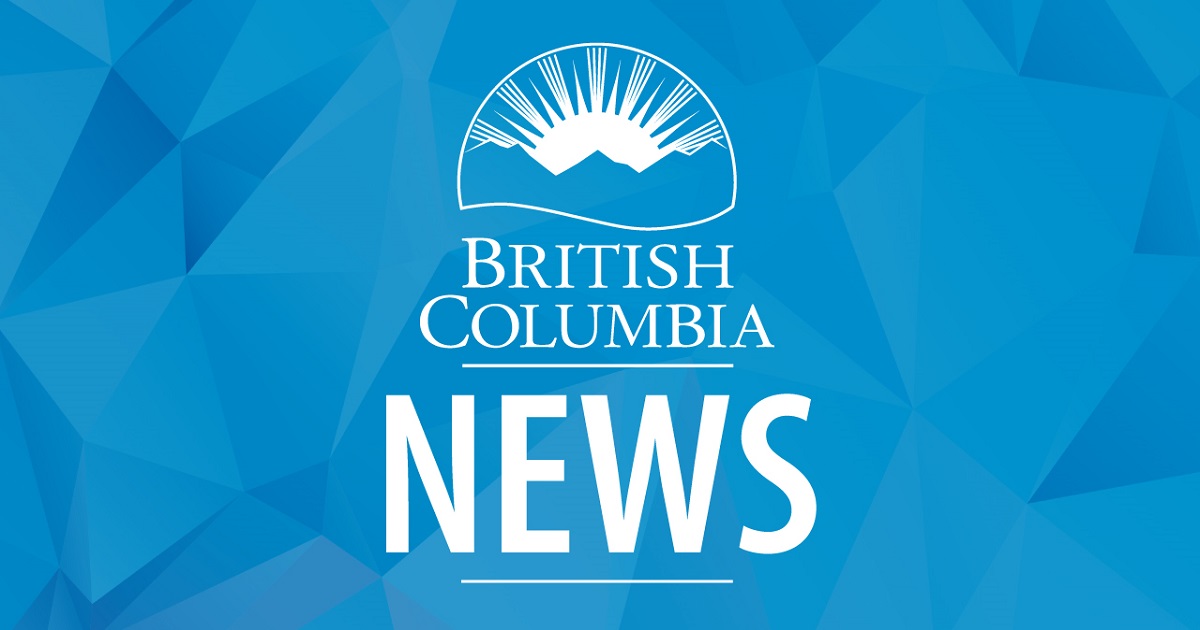
The B.C. government releases Public Accounts every summer to provide people with an accounting of provincial revenues and expenses from the previous fiscal year. Public Accounts 2021-22 outlines the strength of B.C.’s economic resiliency and indicates that strong social supports do not come at the cost of prudent fiscal management.
Fiscal highlights
- For calendar year 2021, the 6.2% growth in B.C. real gross domestic product (GDP) was better than the national average growth of 4.9%.
- B.C.’s unemployment rate for 2021 reduced to 6.5%, continuing to be lower than the national rate of 7.5%.
- Investments of $6 billion were made in taxpayer-supported infrastructure.
- These investments continued while keeping taxpayer-supported debt affordable.
- The Province’s taxpayer-supported debt-to-GDP ratio is the lowest in Canada at 17.9%.
- B.C.’s credit rating remains strong and is the best among provinces.
- The Province’s strong rating keeps the cost of borrowing low.
Capital spending
The Province spent $6 billion on taxpayer-supported capital projects to build schools, roads, public transit and hospitals – an increase of $574 million from the 2020-21 fiscal year.
This includes:
- $1.9 billion to build, upgrade and modernize kindergarten to Grade 12 and post-secondary schools;
- $1.4 billion in B.C.’s transportation network; and
- $1.6 billion on key health facilities.
Investing in capital infrastructure supports the needs of communities throughout the province while supporting economic recovery and a stronger B.C. Taxpayer-supported capital investments were $2.5 billion lower than budgeted due to a range of factors, such as supply chain delays and labour shortages associated with large projects currently in construction across all sectors. This highlights the effects of the COVID-19 pandemic and heavy rains in November 2021 on supply chains, as well as the need to ensure that the Province continues to invest in people and training, so skilled workers are available to meet demand.
Scheduling changes for 2021-22 do not represent a reduction in capital spending, which has been moved to future years within the provincial capital plan.
COVID-19 spending
Spending on pandemic and recovery programs totalled $3.8 billion in 2021-22:
- Vaccines were available for all British Columbians.
- Small and medium-sized businesses could pay their rent or continue to grow through the Business Recovery Grant program.
- Businesses that had to let workers go during the COVID-19 pandemic were able to apply for the increased employment incentive grants to help hire staff and continue to recover.
- Care homes could hire COVID-19 screeners to help keep residents safe without drawing on limited staff resources.
- Help was available for the hardest-hit sectors, including $100 million to the tourism industry, allowing municipalities to adapt and diversify their tourism infrastructure, and to support local Indigenous tourism businesses.
- Support was available for 14,000 restaurants, bars, breweries, wineries, gyms and fitness centres, with more than $50 million through Circuit Breaker Business Recovery Grants.
Alongside skills training, community infrastructure, CleanBC and supports for vulnerable populations, including meals and temporary housing, government also invested in services that were crucial to protect the health, safety and livelihoods of all British Columbians.
Top three expense areas
Total spending on programs and services in health, education and social services increased by $2.3 billion.
Health
- Total spending of $27.6 billion.
- A total investment of $2 billion more than previous year.
- Health care accounts for about 40% of all spending.
- Since 2015-16, spending on health care has increased by 44%.
- Spent on salaries, healthauthority operating costs and pandemic recovery programs.
Education
- $15.8 billion in education funding.
- Spent on salaries, benefits and increased operating costs as programs resumed from pandemic.
Social services
- Total spending of $7.3 billion.
- Investments have grown from 8.7% of the overall spending in 2016-17 to 11.5% in 2020-21, which is when social supports, including COVID-19 programs, hit $7.8 billion.
- Investment in these supports remains higher than pre-pandemic levels at $7.3 billion spent in 2021-22, compared to $5.9 billion in 2019-20.
Debt levels
When calculating provincial debt, the Province adds to its financial statement debt all debt guarantees and the debt directly incurred by self-supported Crown corporations, reduced by sinking fund assets. This balance is referred to as the total provincial debt.
Taxpayer-supported debt increased by $2.6 billion in 2021-22. This amount includes $4.1 billion to fund capital investments for future program delivery, while the operating debt was reduced by $1.5 billion.
Self-supported debt increased by $975 million, mainly for investments in power projects. The key measure of taxpayer-supported debt-to-GDP ended the year at 17.9%, significantly lower than the 22.8% forecast in Budget 2021.
B.C.'s economy recovered faster than expected in 2021-22 | BC Gov News - BC Gov News
Read More
No comments:
Post a Comment